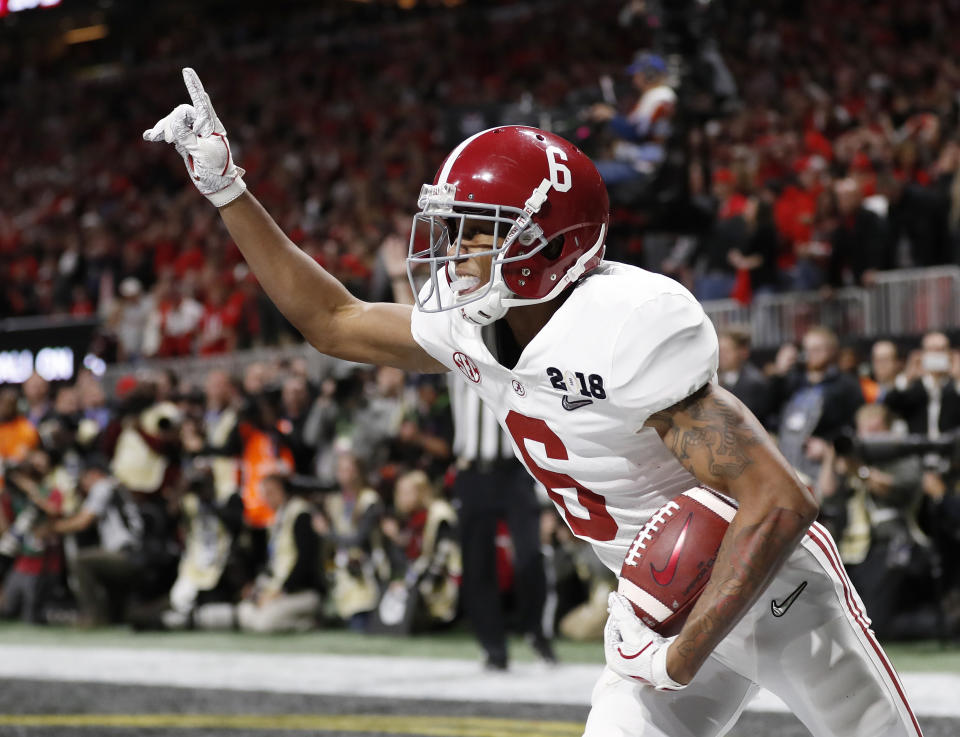College football attendance sees largest decline in 34 years and everyone's worried

Despite a host of thrilling games this season, college football attendance is headed in the wrong direction. Dennis Dodd of CBS Sports reported on Tuesday that attendance at the 129 FBS schools dropped an average of 1,409 per game. That represents the biggest drop in 34 years.
The news isn’t any better when you look at average per game attendance at FBS schools. When looking at all bowl games, FBS home games, games played at a neutral site, and the College Football Playoff, the average attendance was 42,203 people per game, the lowest since 1997.
The bad numbers don’t stop there. The Power Five conferences are seeing some declines as well. The SEC saw it’s largest per-game decline since 1992 — though the SEC is the only Power Five conference to have an overall attendance increase since the last realignment in 2012. In that five year span, the Pac-12 has seen the largest attendance decrease, down 4,078 fans per-game since then. The ACC’s attendance has been the lowest in the Power Five for five years, and 2017 marked their lowest average attendance since 1999.
As usual, there’s no single reason for these many drop-offs. Average attendance has been slipping since 2008, when the record for average attendance was set. Since then, attendance has dropped 10.1%. The sharp declines from 2017 just serve to highlight what’s becoming a mounting problem for schools and executives across college football.
Dodd interviewed three different college football executives and got three different reasons why attendance is declining. One said that technology is the issue. Another said that the viewing habits of millennials is a mystery. And one more said that football games are no longer a key part of the university experience. Beyond those opinions, the expansion of the FBS could also be a factor — smaller schools with smaller stadiums have become part of the FBS, and those numbers will drag down the average.
Dodd himself gives another reason for the decline, saying that every school wrestles with how to make the in-stadium experience as good as watching the game at a tailgate or with your friends at home. In light of that, some schools have started to make major changes to their stadiums.
Arizona State, Kentucky, North Carolina and Penn State are all in the process of downsizing stadiums. In marketing circles, that creates a more intimate experience. Marketers continue to struggle to find a successful balance in stadiums. Across all leagues, that means making the game experience as close to that living room experience as possible.
AT&T Stadium in Arlington, Texas, and Mercedes-Benz Stadium in Atlanta have created in-house lounges so extravagant it’s actually better watching on a cinema-quality screen with drink in hand than stepping out to view the real thing a few feet away.
Even with these proactive steps, people are worried. And there doesn’t seem to be a clear idea of what to do to fix it.
– – – – – –
Liz Roscher is a writer for Yahoo Sports. Have a tip? Email her at lizroscher@yahoo.com or follow her on twitter! Follow @lizroscher

 Yahoo Sports
Yahoo Sports 
